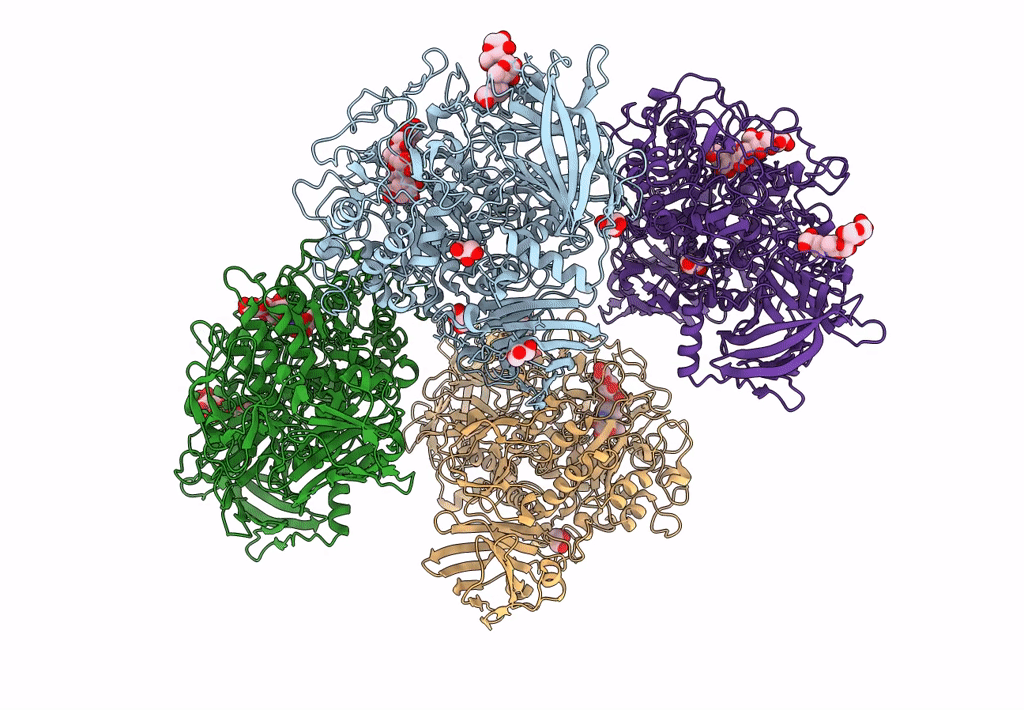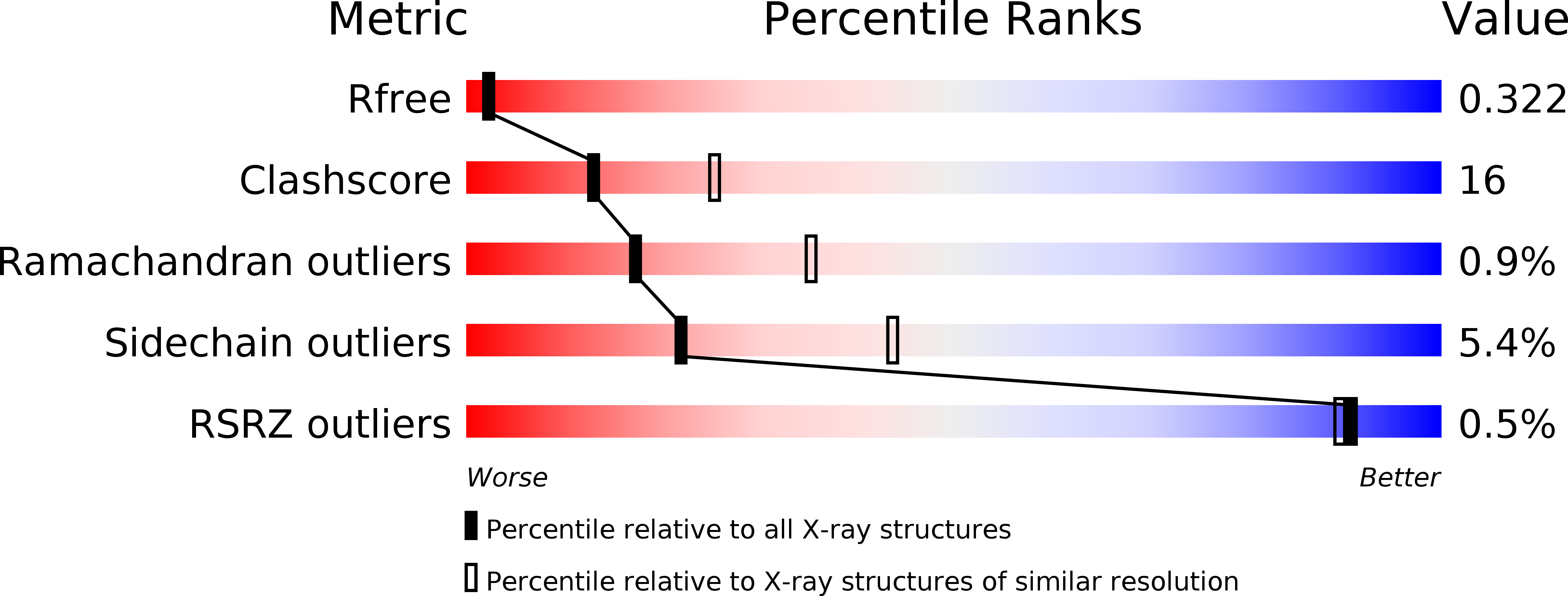
Deposition Date
2010-01-13
Release Date
2011-01-19
Last Version Date
2024-10-16
Entry Detail
PDB ID:
2X2I
Keywords:
Title:
Crystal structure of the Gracilariopsis lemaneiformis alpha-1,4- glucan lyase with acarbose
Biological Source:
Source Organism:
GRACILARIOPSIS LEMANEIFORMIS (Taxon ID: 2782)
Host Organism:
Method Details:
Experimental Method:
Resolution:
2.60 Å
R-Value Free:
0.32
R-Value Work:
0.22
R-Value Observed:
0.23
Space Group:
P 1 21 1


